Driving in the rain requires special attention (Illustration: PHAM TUAN)
When driving in the rain, most people will naturally slow down. This is based on the widely popular "20% reduction in speed when the road is wet" rule. Basically, wet roads have low friction, increasing the distance from the moment the driver applies the brakes to a complete stop, so it is reasonable to reduce the speed compared to normal.
However, slowing down is sometimes unnecessary and can even lead to accidents. Modern cars are equipped with many advanced driving assistance systems that help increase stability during operation.
In addition, the design of highways and other roads is also optimized based on the speed limit.
So, “mechanically slowing down” can cause the car to lose balance. Or in other words, in some cases, maintaining the speed limit instead of slowing down is a safer way to drive.
Driving assistance system: "Double-edged sword" in heavy rain?
New car models today are often equipped with standard or optional ADAS features such as lane keeping assist, emergency braking, forward collision warning, etc.
The key to driving safely in the rain is not just about slowing down. It is important for drivers to combine and flexibly evaluate factors such as road surface conditions, vehicle condition, speed, and surrounding traffic density (Photo: Automotive Testing Technology International)
However, these features do not always work smoothly. In heavy rain, the front camera or radar sensor may not work properly, making functions such as lane keeping assist or maintaining a safe distance difficult. It is also possible that the system will malfunction or react slowly in case of emergency braking.
Research by the American Automobile Association (AAA) shows that moderate to heavy rain affects the ability of a vehicle's safety systems to "see." In closed-track testing, AAA simulated rain and found that a test vehicle equipped with automatic emergency braking traveling at 35 mph had a 33 percent chance of colliding with a stopped vehicle.
The lane-keeping assist system didn’t fare much better, with the test car drifting out of its lane 69 percent of the time. A dirty windshield also interfered with the camera’s performance.
Furthermore, one should not rely too much on modern driver assistance systems. No matter how advanced the technology is, there are still limitations in the ability of sensors to detect or errors in the operation of electronic systems (Photo: AAA)
The reason is believed to be that when ADAS is produced, vehicle safety systems are often evaluated under ideal operating conditions.
“The reality is that people don’t always drive in perfect, sunny weather, so we have to expand our testing and look at what people actually face in their day-to-day driving,” said AAA’s chief technical officer.
AAA's research shows that the performance of vehicle safety systems varies widely, reinforcing that they are no substitute for a fully attentive driver, especially in poor weather conditions.
Crossing Puddles: Maintaining RPM is Key
After heavy rain, flooded roads or puddles in front of speed bumps are areas of particular concern due to limited visibility and difficulty in estimating depth. Simply reducing speed is not enough.
When driving in the rain, "smart response" is more important than simply "slowing down" (Photo: New Auto Post)
When going through puddles, in addition to going slowly, it is important to maintain engine rpm at a certain level to prevent water from entering the exhaust pipe.
In particular, vehicles with low exhaust pipes or low engine rpm when stopping need to be more careful. Long-term immersion in water not only affects the exhaust system but can also damage the electronic control unit (ECU), causing great damage.
Therefore, when it rains heavily, you should find out in advance which roads have good drainage. If you have to go through puddles, shift to a lower gear to maintain a stable engine speed./.
According to Tuoi Tre Newspaper
View original linkSource: https://baotayninh.vn/lai-xe-khi-troi-mua-can-phai-lai-nhu-khong-co-adas-a192372.html


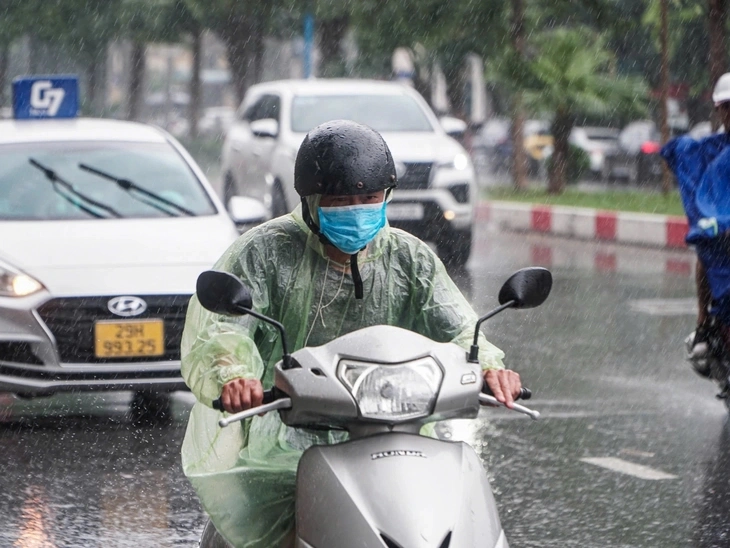
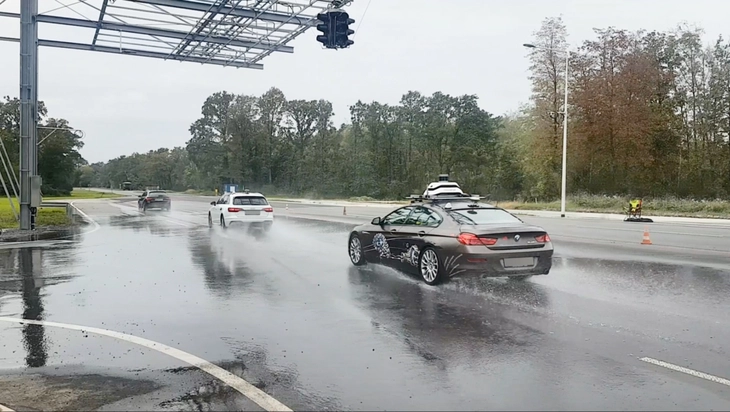
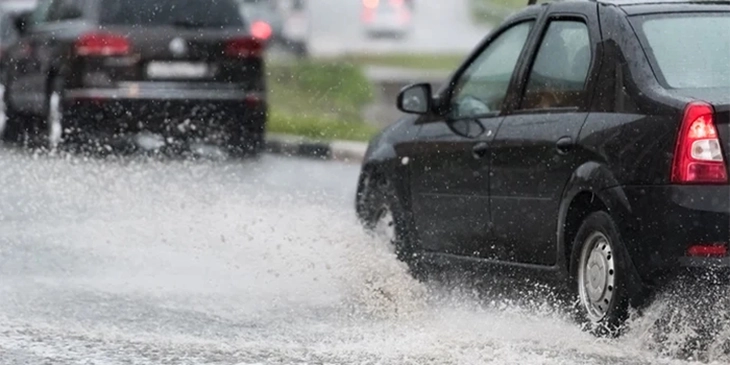
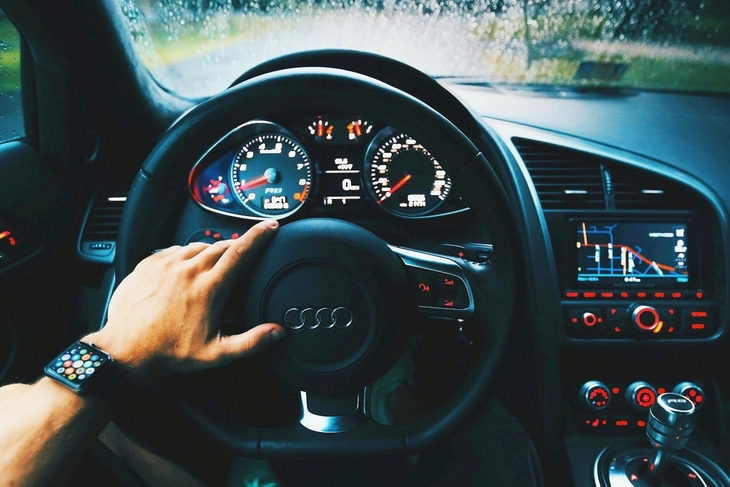
![[Photo] Closing of the 14th Conference of the 13th Party Central Committee](https://vphoto.vietnam.vn/thumb/1200x675/vietnam/resource/IMAGE/2025/11/06/1762404919012_a1-bnd-5975-5183-jpg.webp)











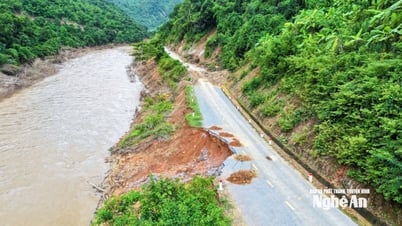

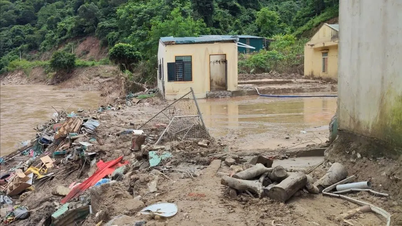







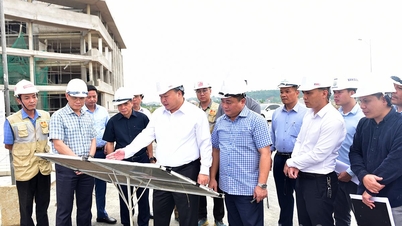
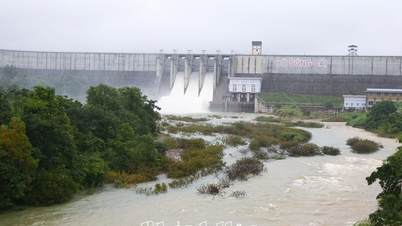

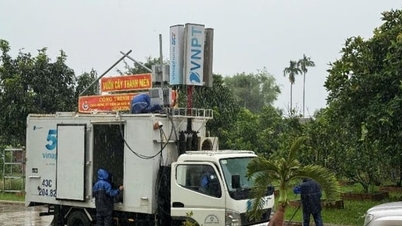







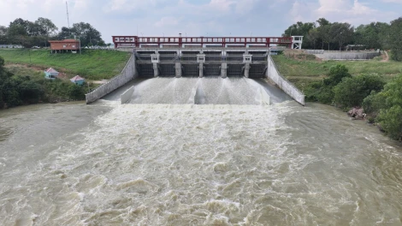












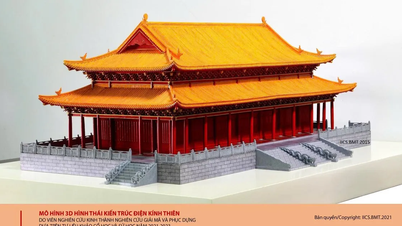















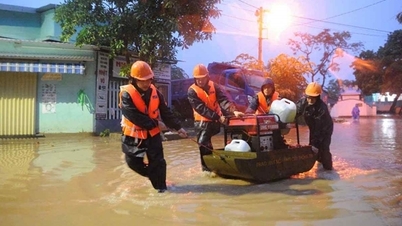
















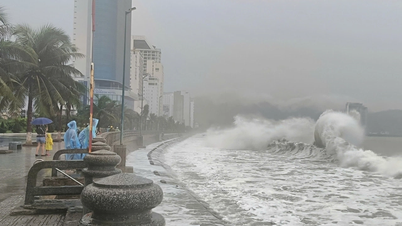











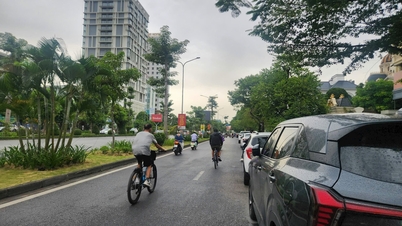




















Comment (0)